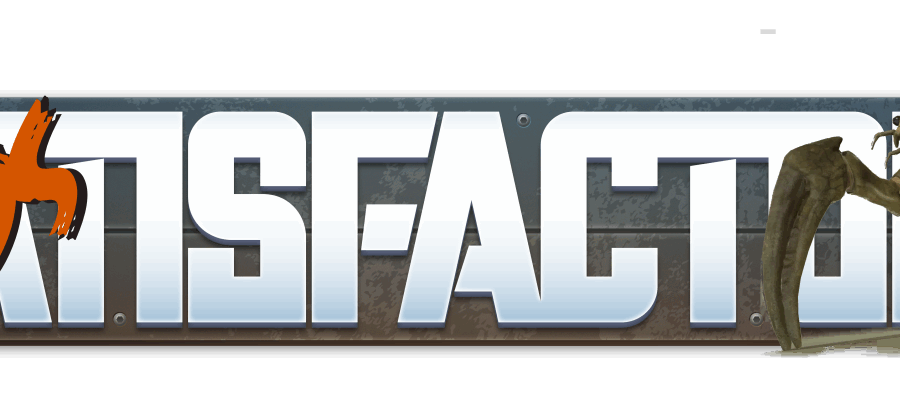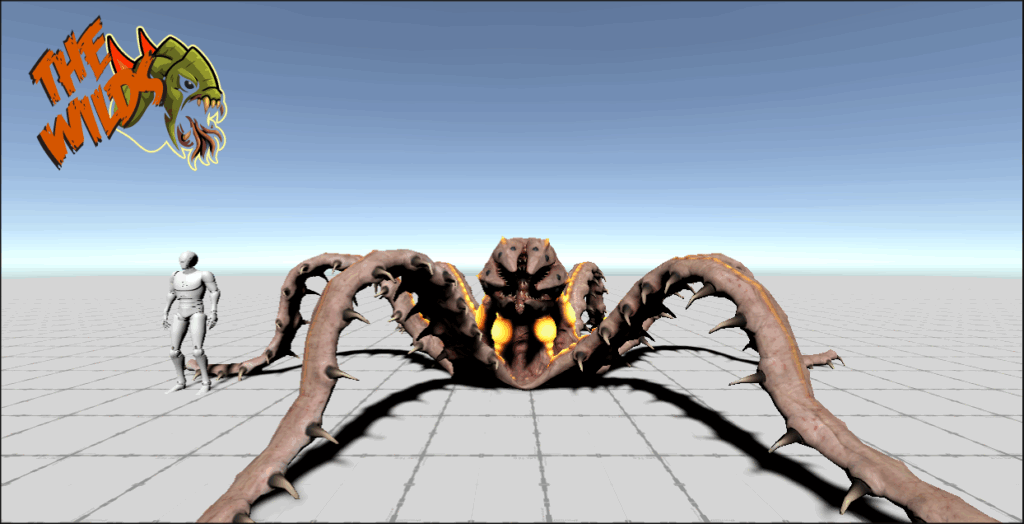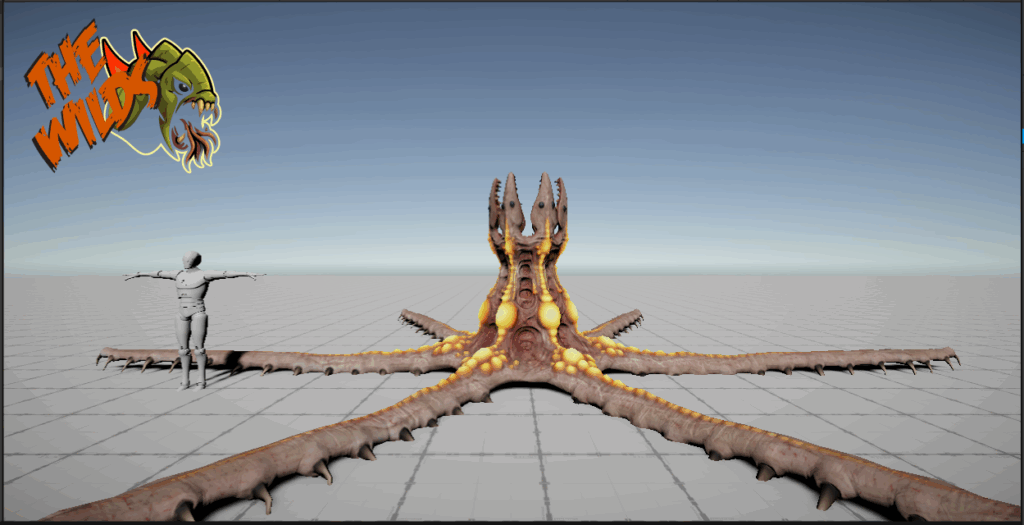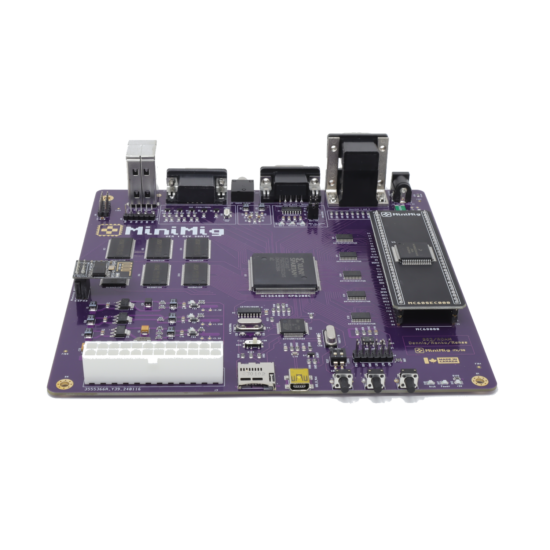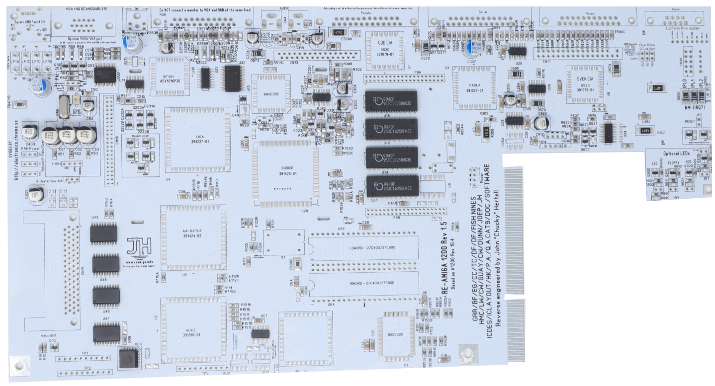Dev Blog week 2 [MOD] Rewriting the Wilds: How We’re Taking Control of Creature Spawning in Satisfactory
As we expand the world of The Wilds, we’re not just adding new creatures—we’re reengineering how they appear, behave, and challenge players across the map. One of our core goals is to make creature encounters more strategic, more diverse, and more deadly. To do this, we’re implementing a two-pronged approach to creature spawning using the Satisfactory Mod Loader (SML).
Phase 1: Overriding Existing Spawns with SML Hooks
The base game uses a variety of ACreatureSpawner actors placed in the world to control spawn logic. These spawn volumes dictate what creatures spawn, how many, and how often. But to avoid simply stacking our creatures on top of existing ones—and turning the map into a laggy zoo—we need to intercept and override those systems.
Using SML hooks, we inject our own subsystem that runs after the game world loads. In this system, we dynamically locate all ACreatureSpawner actors using GetAllActorsOfClass, filter them based on creature type or location, and either:
- Disable them entirely
- Reduce their spawn count
- Replace their spawn class with one of our new creatures
- Increase creatures based on scalable dificulty
- Mix creatures based upon scalable dificulty
This gives us surgical precision over which original creatures remain and where.
Phase 2: Controlled Spawns via Custom Placement System
Our second system is a fully custom creature placement manager, built as a game subsystem. Instead of relying on static spawn volumes, we define spawn points ourselves, using either:
- Blueprint-placed invisible marker actors
- Hardcoded world coordinates
- Or a data-driven table for spawn presets
Each spawn point can specify:
- Creature type (standard or boss)
- Spawn timing (on load, wave-based, triggered)
- Patrol points for pathing
- Aggression level and behavior mode
This approach lets us do things like:
- Place a Terror Pod in ambush near a lake
- Populate a desert basin with patrolling packs
- Drop a boss monster into a nest at nightfall
- Create caves with swarms of creatures that will migrate towards a target.
Together, these systems form the backbone of The Wilds creature expansion.
Unity: Vetting Protofactor Assets
On the content side, we’ve been importing more Protofactor creature models into Unity to review animation sets and evaluate rig quality. This process helps us shortlist which creatures are best suited for our mod in terms of combat readability, uniqueness, and integration potential. By testing them in a controlled environment, we can confidently choose which monsters will make the cut for The Wilds and identify what animation work is required before Unreal integration begins.
C++ Foundation Work Begins
Lastly, we’ve started roughing out the C++ classes that will form the core of The Wilds: Creature Expansion Mod. This includes base classes for creature AI, wave behavior, nest controllers, and environmental triggers. The modular design will make it easier to scale and tune the experience as the mod grows.
Stay tuned—we’re getting closer to seeing our first creature come alive in Satisfactory. See you next week, here are a couple more critters that we are considering.
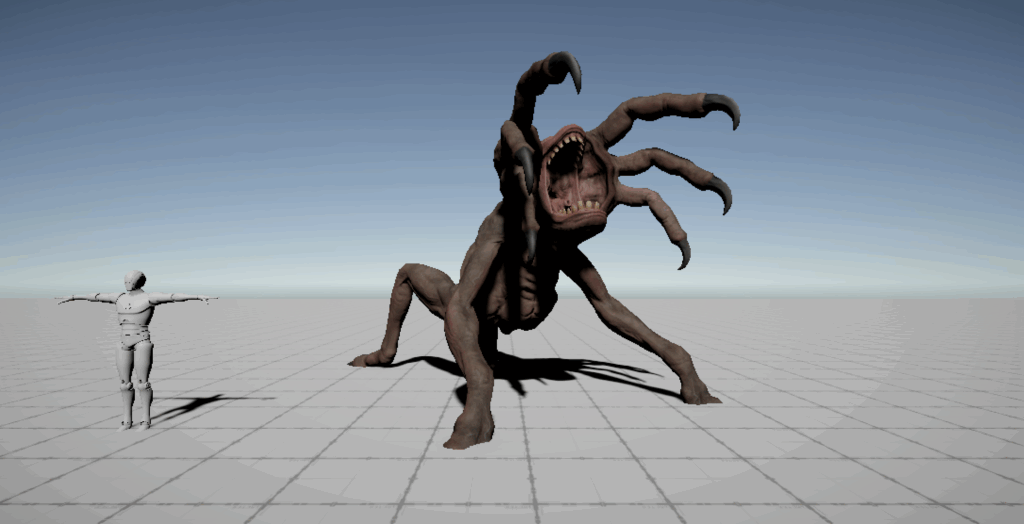
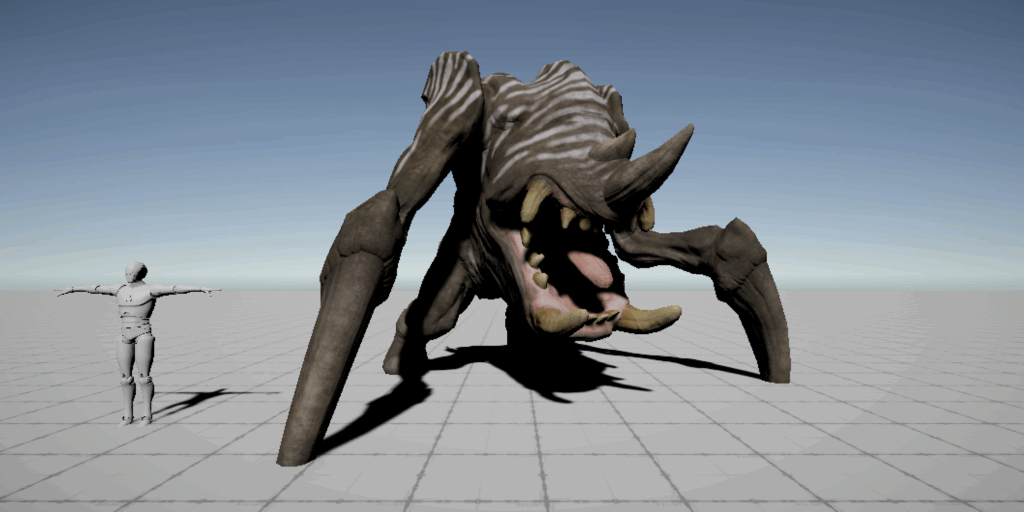
We are discussing over on Reddit @ https://www.reddit.com/r/satisfactory/comments/1m9d0zu/dev_blog_week_2_mod_rewriting_the_wilds_how_were/

